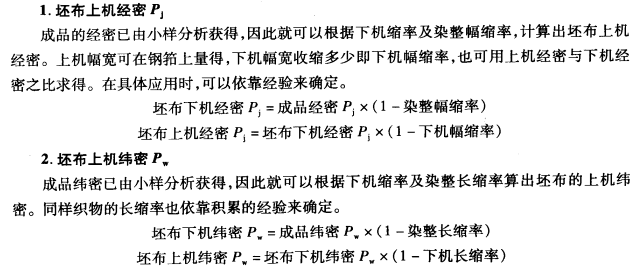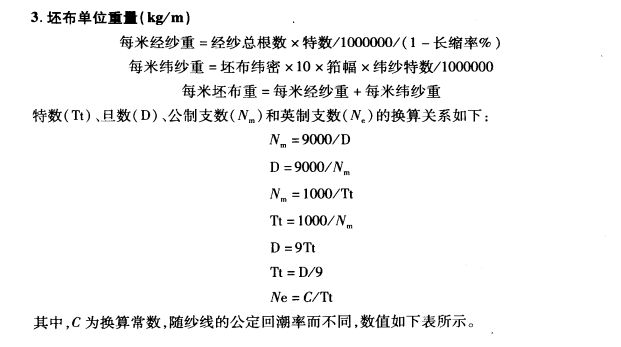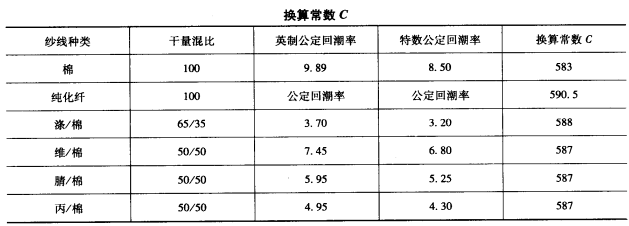(—) Sample analysis (1) Analyze raw materials: such as linear density range, average linear density, content of different fibers, etc. (2) Measure the length and width of the sample, calculate the area of the sample, and weigh the weight per unit area on the balance. (3) Analyze the warp density Pj and weft density Pw of the sample. (4) Analyze the organization of the sample. (5) Remove the yarn and analyze the warp shrinkage aj and weft shrinkage aw. (6) Remove the yarn and weigh it on the balance to calculate the special number of the warp and weft yarns. (7) Remove the yarn and measure the twist of the warp and weft yarns. (2) Determination of the warp and weft yarn arrangement ratio of the finished product The warp and weft yarn arrangement ratio of the finished product must be consistent with the incoming sample. Because they have a great impact on the style, feel, and thickness of the final product, and denier has a great impact on the color of fabrics with different warp and weft colors. The fabric has a certain warp and weft arrangement ratio, which is equivalent to a certain structural phase. The structural phase makes the color points composed of warp and weft floating points appear in a certain proportion on the surface of the fabric, and a certain color is obtained comprehensively. Therefore, in the case of a common quilt, if the warp and weft arrangement ratios are the same, the color difference between the finished product and the incoming sample will be small. Otherwise, although the warp and weft colors of the finished product are consistent with the incoming sample package, due to the different warp and weft arrangement ratios, the fabric will not be the same as the original. There will be some differences in color. Of course, if you want to make the color of the warp and weft wrapped products close to the incoming sample, you must also pay attention to other structural parameters of the fabric. (3) Determination of command rate Based on the data analyzed by the sample, design cannot yet be carried out. Whether the machine density of warp and weft yarns and the unit weight of gray fabric can meet the requirements of finished products also depends on the shrinkage in the warp and weft directions during the dyeing and finishing process. And each process condition from spinning to dyeing and finishing will affect the shrinkage rate. Therefore, the shrinkage rate provided by the sample analysis can only be used as a reference. As for how to determine the dyeing and integration rate, it mainly relies on empirical data and is verified and corrected through pioneer tests. The size of the warp and weft shrinkage is mainly related to the following factors: (1) The raw materials and components used in the fabric. (2) Yarn type (strand or single yarn) and twist (strong twist or weak twist). (3) The structure of the fabric, the special effects and density of warp and weft yarns. (4) The process flow and process conditions of spinning, dyeing and finishing (piece dyeing or top dyeing). (5) Whether the yarn has been steamed and twisted. (6) The amount of tension during weaving o (4) Calculate the density on the machine and the unit weight of the gray fabric


AAAZXCASFWEFERH






